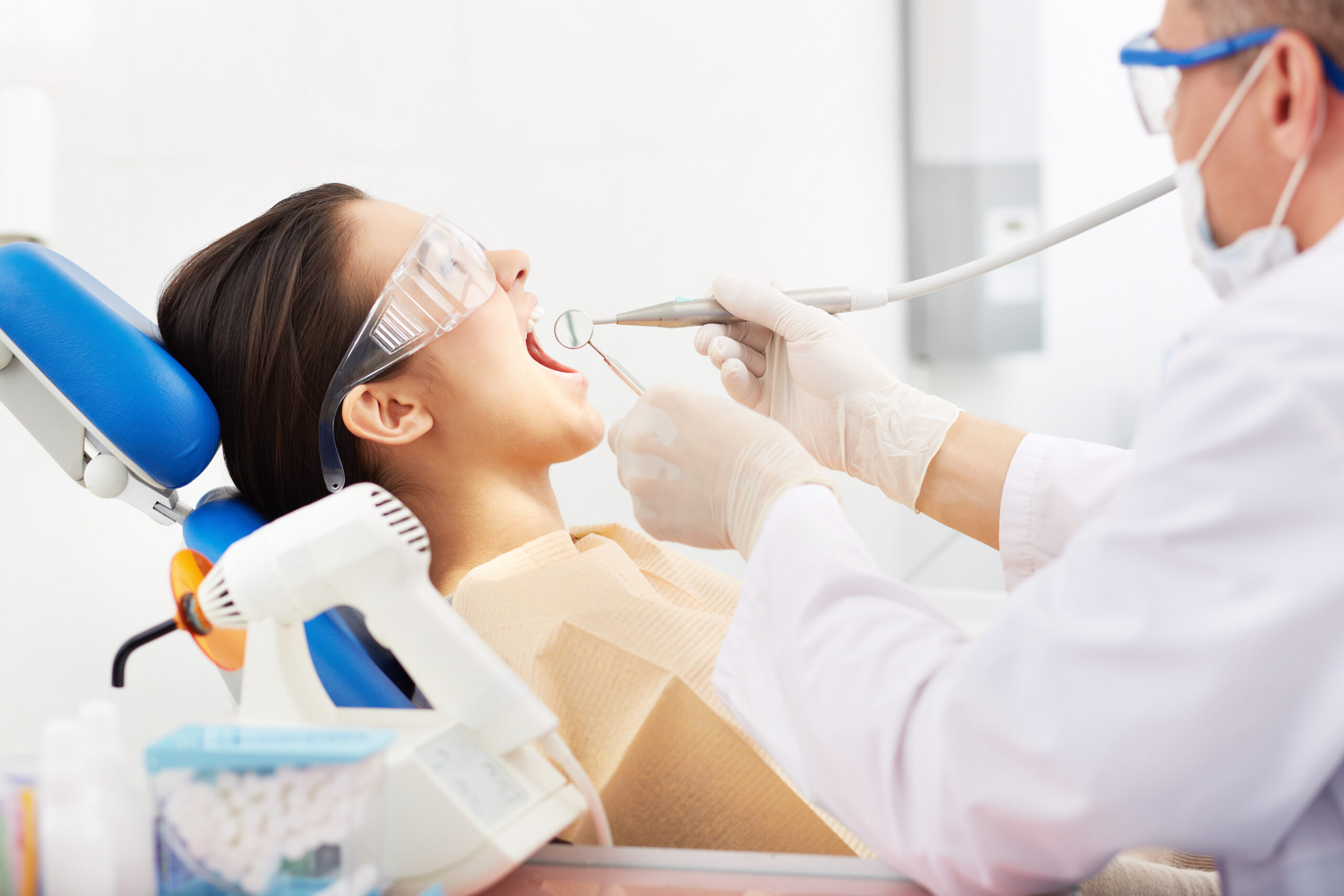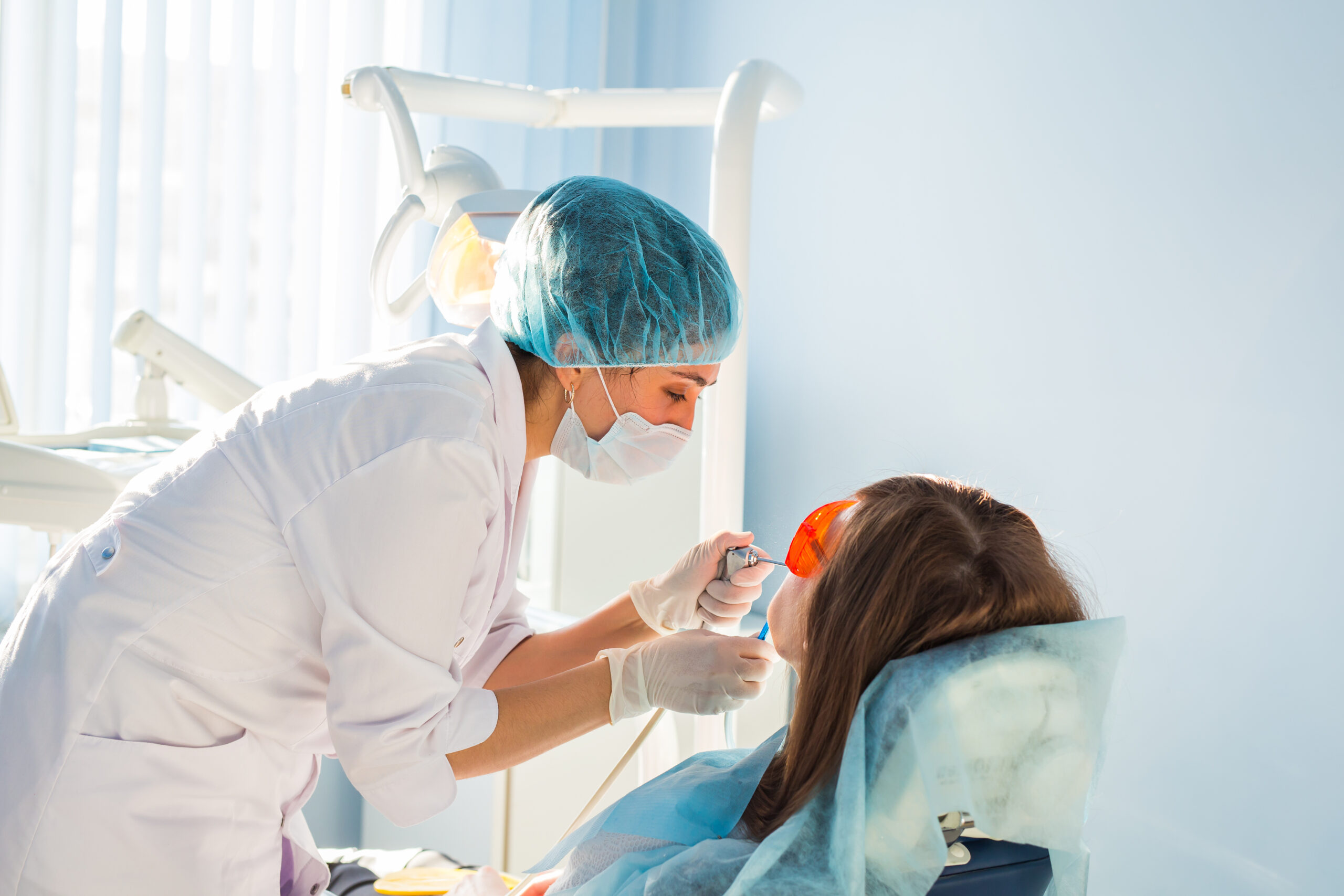Orthodontics is the treatment of irregularities with the teeth and jaws. Orthodontists are qualified dentists who work to correct crooked teeth, realign jaws, and generally get everything looking lovely and straight.
Orthodontists typically use braces and other orthodontic appliances attached to the teeth to slowly pull them into alignment. It’s estimated that between 30-50% of children require braces to straighten their teeth.
However, orthodontics isn’t just for kids – there is a huge branch of the subject dedicated to adults. Invisible braces have boomed in popularity over recent years, as adults who were worried about visible appliances in the past now feel comfortable about getting their teeth realigned.



